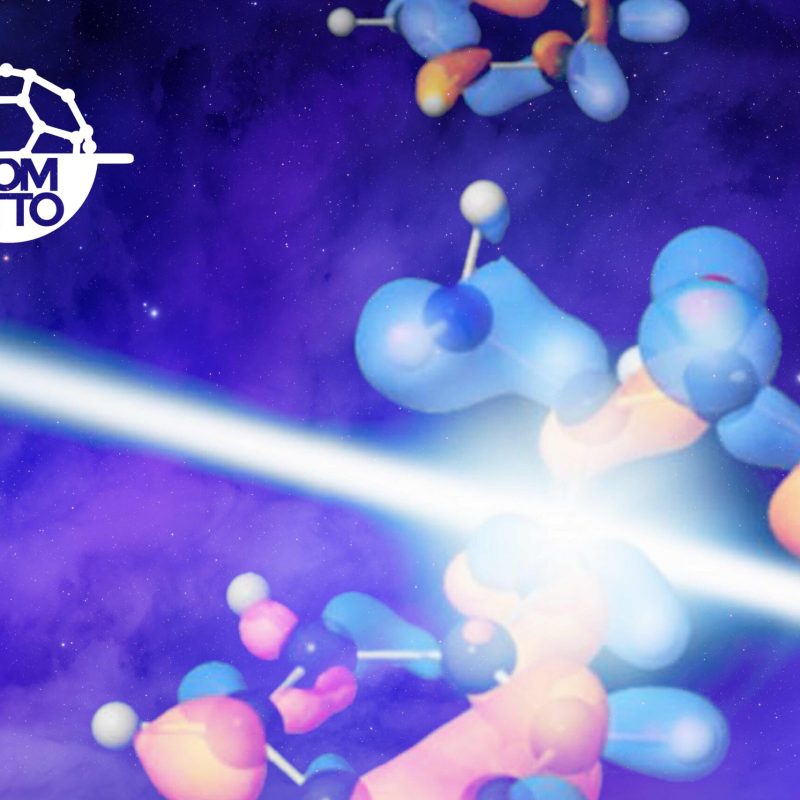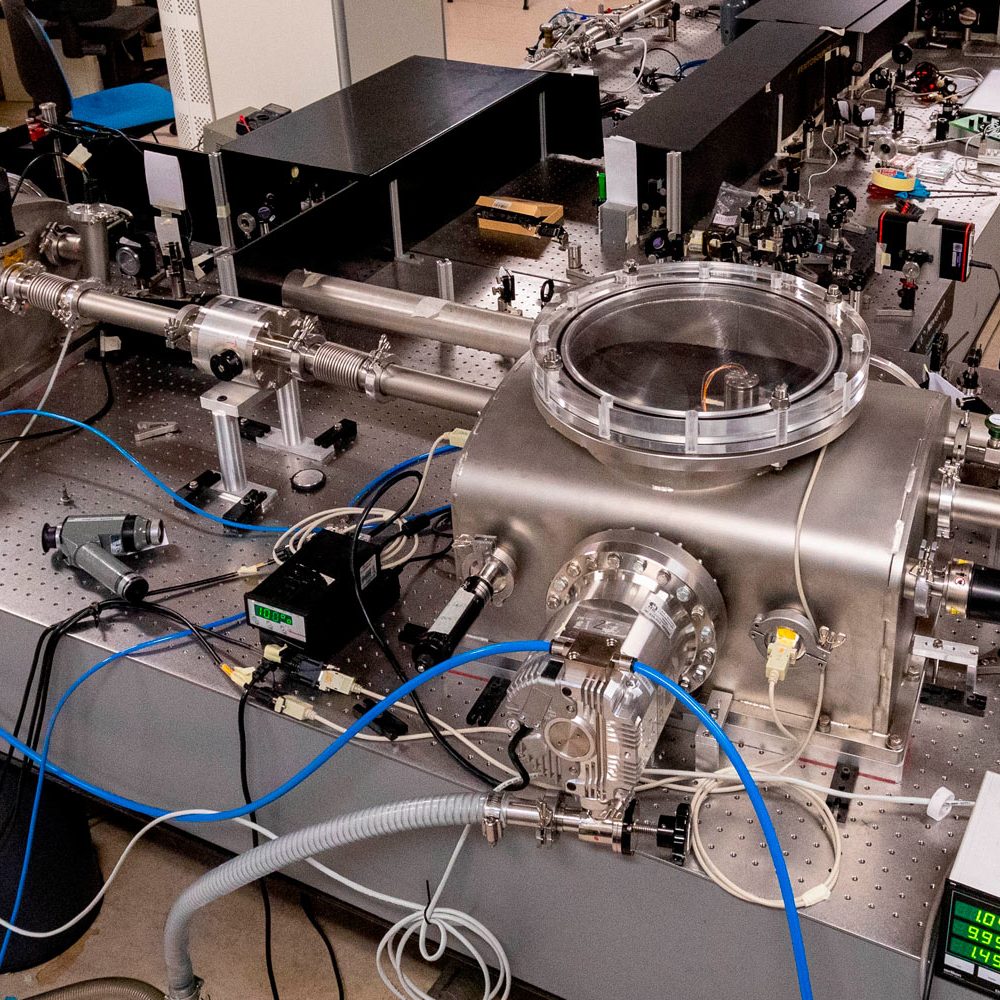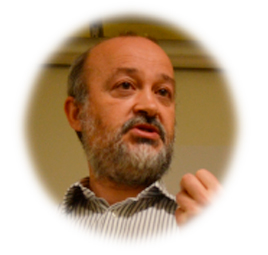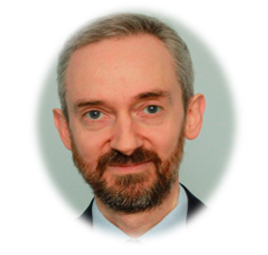TOMATTO
The project.
The generation of electric currents that power human activities in a clean and sustainable way is a top priority for mankind. In this respect, getting a handle on the intricacies of photoinduced electron and charge transfer processes in organic materials is fundamental to enhancing the efficiency of energy conversion in solar energy devices. Given that the early stages of these processes occur on ultrafast (attosecond) time scales, their access is technically quite challenging. The TOMATTO project plans to take a closer look at this problem through advances in attosecond science and organic synthesis and the support of computational modelling. TOMATTO project has received funding from the European Research Council (ERC) under the European Union’s Horizon 2020 research and innovation programme (grant agreement No 951224).
TOMATTO project, the ultimate Time scale in Organic Molecular opto-electronics, the ATTOsecond, aims to capture ultrafast electron dynamics to enhance solar energy conversion efficiency.


Some data
Consortium
Timeframe
Budget
Coordinator

Consortium
The project faces three interconnected grand challenges that involve very different expertise. This can only be achieved by the synergic work of the three research teams: Prof. Fernando Martín’s, Prof. Mauro Nisoli’s and Prof. Nazario Martín’s.
The continuous feedback between computational modelling (F. Martín), organic synthesis (N. Martín) and attosecond beamline developments (M. Nisoli), as well as recruitment of researchers working at the three sides of this triangle is vital to find the optimum conditions to reach the sought goals.



